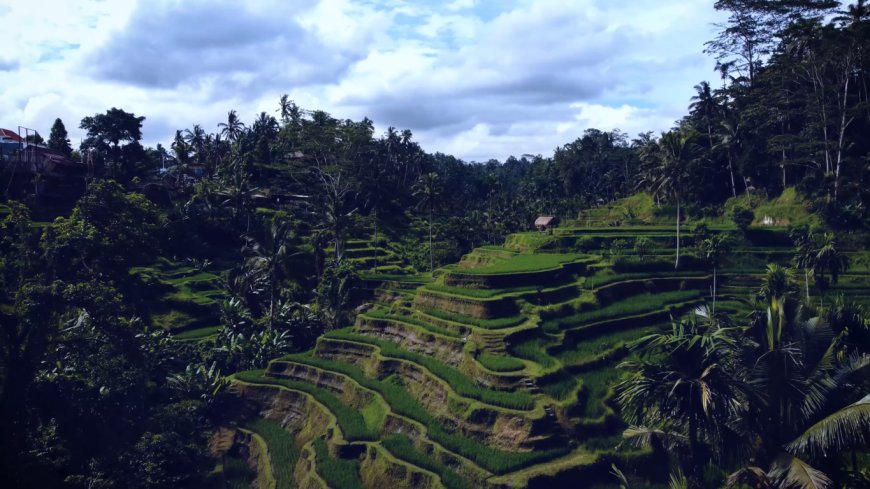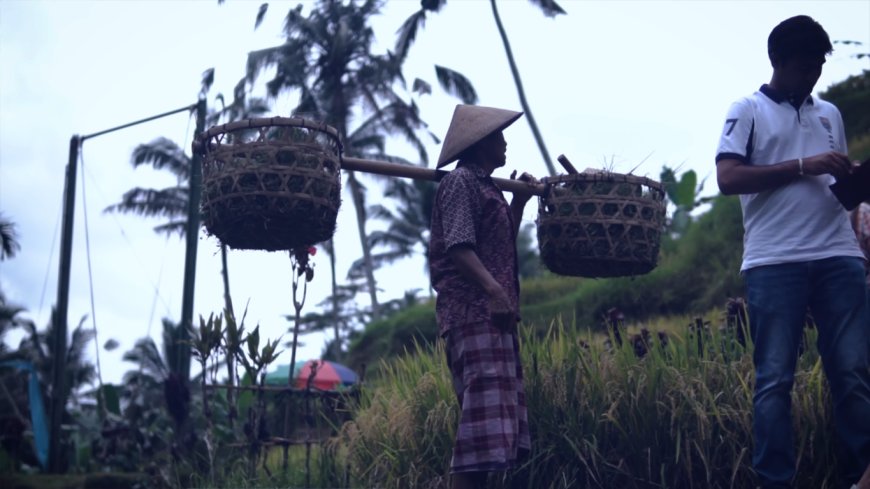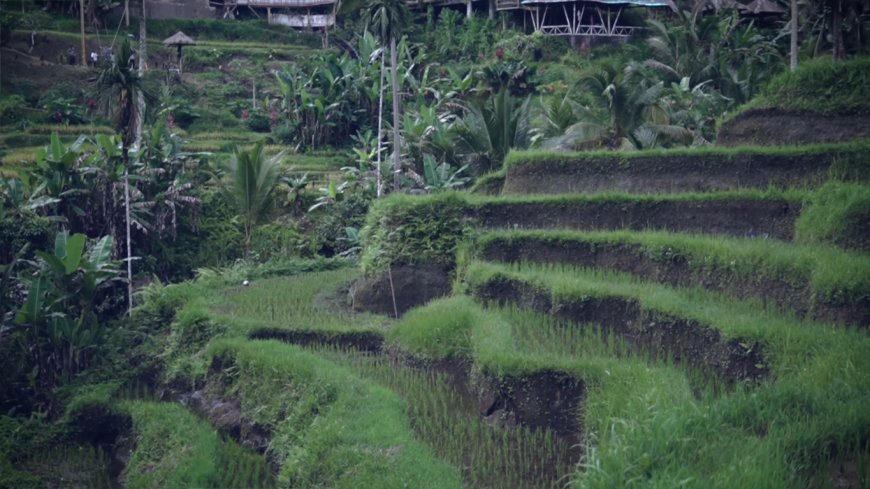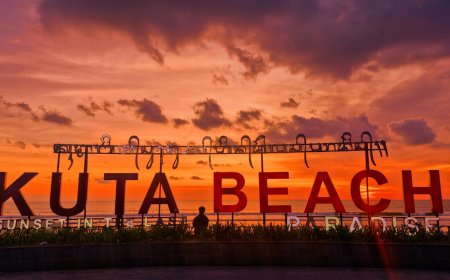Subak, a UNESCO Cultural Heritage: Embodiment of Harmony Among Nature, Farmers, and the Divine
Subak, Bali's traditional agricultural management system that reflects the concept of balance between farmers, God, and nature (Tri Hita Karana), was recognized by UNESCO in 2012 as a World Cultural Heritage. It embodies significant cultural, historical, and ecological values and requires global support for preservation, contributing to the sustainability of both Balinese agriculture and culture.

In addition to supporting food needs, rice fields are also ornaments that adorn the natural beauty of Bali. The lush green rice stalks that turn beautifully yellow and the beautiful terraces are distinctive features of Bali's rice fields that attract the attention of tourists to stop by and enjoy the beauty of nature. This beauty is not separate from how farmers work together to manage their farms.
Subak is an organization of farmers that manages the irrigation system for the agricultural community in Bali, which has been in existence for centuries. Subak reflects the concept of Tri Hita Karana, which involves maintaining harmonious relationships between farmers and God (Parhyangan), farmers and fellow farmers (Pawongan), and farmers and nature (Palemahan).

Subak Farmer (Source: Editorial Collection)
The Parhyangan aspect is manifested through rituals performed at the rice field temples known as Ulun Carik Temple in the Subak areas, as offerings to Dewi Sri, the Goddess of Prosperity and Fertility. Awig-awig, which are rules and regulations for farmers, are established to represent how the irrigation system fulfills the Pawongan aspect. The Palemahan aspect is characterized by land ownership in agricultural areas with specific natural boundaries in accordance with the established awig-awig.
There is some historical evidence that touches upon Subak, although to this day, it still cannot explain how this system was formed and when it was first implemented in Bali. In the Sukawana inscription, the word "huma" which means "sawah" or rice fields appears. In 1997, the Public Works Department of the Bali Provincial Government discovered that in several inscriptions dating from the 10th to the 11th century, there is the word "kasuwakan" which refers to the concept of Subak, along with other words like "Pekaseh" which pertains to the head of Subak.
Until 2012, the Subak Jatiluwih was recognized by UNESCO as a World Cultural Heritage (WCH) during a session held in St. Petersburg, Russia. Subak met the criteria for World Cultural Heritage status because it was considered capable of addressing increasingly complex issues in the future. The application of the Tri Hita Karana concept in its implementation was also a requirement for UNESCO's recognition of Subak.

Subak (Source: Editorial Collection)
Most of Bali's regions implement the subak system, especially in areas with predominantly wet rice farming. Some areas famous for subak include Jatiluwih, Ubud, Tampaksiring, and Tegalalang. Subak Jatiluwih, recognized as a UNESCO World Heritage Site in 2012, offers breathtakingly beautiful landscapes with captivating rice terraces that have garnered worldwide attention. It also produces high-quality red and white rice, adding to its allure. However, it's essential to note that other subak systems in Bali, such as Tegalalang's, also hold significant cultural, historical, and ecological value, showcasing the diversity and splendor of traditional irrigation systems on the island.
Sedehan Agung is the highest position in the Subak organization, the only one in Bali that organizes Sedehans (rice terraces) across Bali. Sedehan Agung has authority over the Pekasehs (head of Subaks) in the region. The smallest Subak organizational structure consists of the Pekaseh or Kelian as the head of the Subak, assisted by the Petajuh as the deputy head of the Subak, Peyarikan or Juru Tulis as the secretary, and Petengan or Juru Raka as the treasurer. Subak members are called Krama Subak and are divided into three groups based on their responsibilities: Krama Pekaseh, which includes the Pekaseh and their subordinates; Krama Leluputan, which consists of Subak members responsible for scheduling planting times; and Krama Pengampel, responsible for managing the distribution of water resources for all members. Any issues that arise in its implementation are discussed in forums that involve all Krama Subak members.

Subak (Source: Editorial Collection)
Subak divides the water resources among the rice fields owned by each Krama Subak through entry points called inlets. The more rice fields there are, the more inlets are constructed. Subak is one of the most effective and efficient irrigation systems due to its complexity, allowing farming even during the dry season. It is further supported by rituals that are held as expressions of gratitude and prayer.
Subak needs to be preserved by the global community because it's not just a heritage of Bali or Indonesia, but also a world heritage recognized by UNESCO. Subak is not merely a local asset for water management in agriculture; it also reflects cultural, historical, and ecological values that are of utmost importance.
Therefore, as global citizens, we all have a responsibility to preserve it. Subak is evidence that sustainability and cooperation can yield enduring positive outcomes. By enhancing understanding and support, we can ensure that Subak continues to be an integral part of Bali's heritage and the world's heritage that we all cherish. Let us unite in safeguarding and preserving it as a highly valuable and far-reaching world heritage.





























































